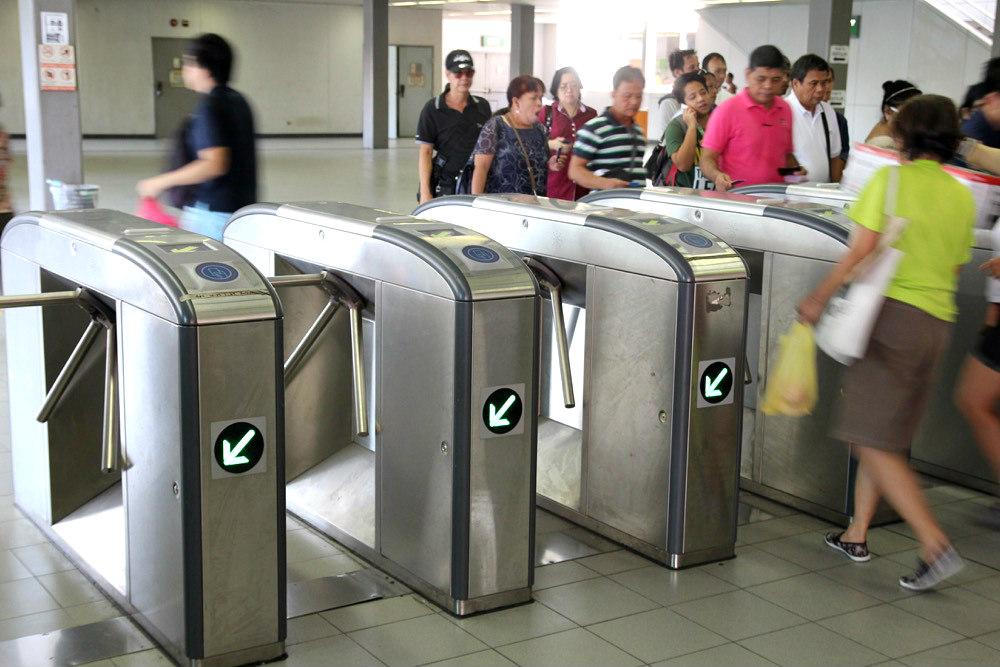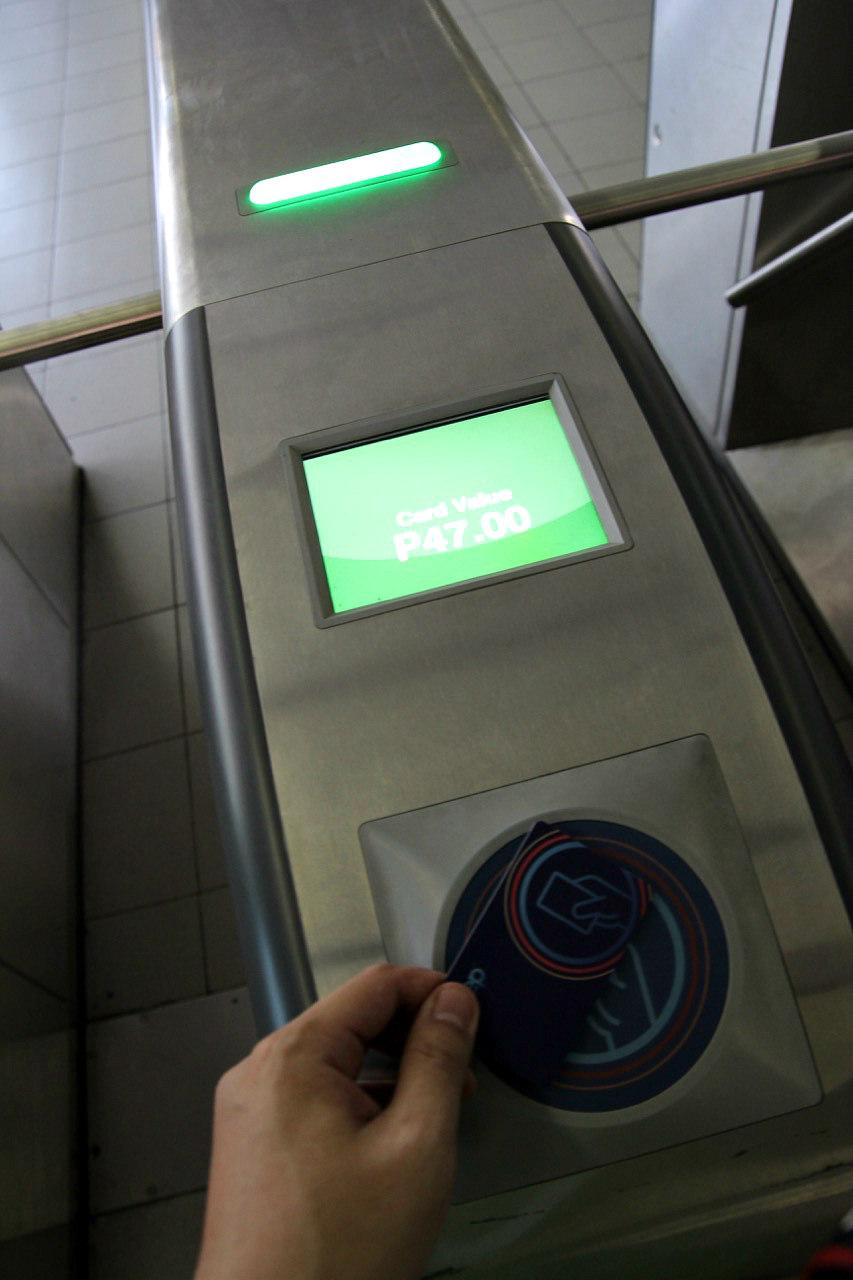Trying the beep card on the LRT for the first time
It’s been weeks since "beep", the new "tap and go" train fare collecting system, went into use at all 11 stations of the Light Rail Transit's Line 2.
Being a frequent user of the Recto to Santolan line for years and a self-confessed tech geek, I jumped at the chance to take the LRT-2 and experience the new beep cards for the first time.
Late last month, on our way to Camp Crame in Santolan, my sister and I took the Yellow Line (LRT 2) from Recto to Gilmore station using stored-value beep cards to be bought at Recto terminal station.
Frustration at Recto terminal
At the Recto station, there were already several kiosks that allowed the public to purchase new stored-value or single-journey cards, or to add value to their existing stored-value beep cards.
However, that day, despite assistance from several AF consortium personnel, the machines had run out of cards to issue by the afternoon.
With queuing at the Public Assistance Office (PAO) the only remaining option, the passengers lined up all the way up to the Quiapo side of the Recto terminal. Not wanting to waste time and wait forever to buy a beep card, my sister and I decided to take a jeepney from the Recto station to SM Centerpoint where the V. Mapa station is located.
Our gamble paid off as there were hardly any passengers at the station. We bought two beep cards with a “purse value” of P80 and an “issuance fee” of P20, for a total of P100 each. The cards can be be used until December of 2019, and every new purchase or top-up comes with a receipt.
Comparing the old vs. the new
At the turnstile, passengers opting to buy a single-journey ticket would find the process similar to the old magnetic tickets, with the white tickets inserted into a slot with the label “Insert SJT” located approximately hip-level. Stored-value ticket holders, meanwhile, place their smart cards on top of a Radio Frequency (RF) reader and wait until for the green light to appear.
The new system still uses turnstiles—a bit of a downer, since most foreign train stations use an close-open mechanism. It was also rather unfortunate to still not find wider options for Persons With Disability (PWD) or for passengers traveling with large bags.
Positives and negatives of the beep system Being a new system, the beep card comes with its own pros and cons. First and foremost is its coolness factor: the technology behind the beep cards is similar to those found in first world countries like Hong Kong, Singapore and Japan.
Being a new system, the beep card comes with its own pros and cons. First and foremost is its coolness factor: the technology behind the beep cards is similar to those found in first world countries like Hong Kong, Singapore and Japan.
Read: With 'beep' on its way, a look at our neighbors' contacless smart cards
It was also a good idea to have personnel in the stations to assist the public in buying cards and entering/exiting the turnstiles and platforms. This should ease the public’s learning curve and ensure favorable adoption by riders of all ages.
But I had mixed results when I tried to scan my beep card without it having to leave my wallet. The long queue at the Recto station was also a turn-off, especially for anyone wanting to try a first-class tap-and-go system. Lastly, a plastic sleeve similar to the one issued by Singapore’s EZ-Link would also help to prolong the shelf life and reduce the wear and tear on the beep cards.
It took more than 1.5 years to implement a world-class fare collection technology in the metro’s train network; for the sake of the millions struggling everyday with the aging and dilapidated LRT and MRT lines, the actual trains, railways and stations are next in line. Let’s hope that that repair, rehabilitation and expansion of these systems can commence and be finished sooner rather than later. — BM, GMA News




